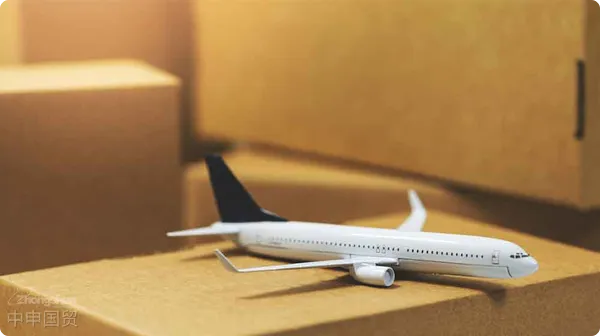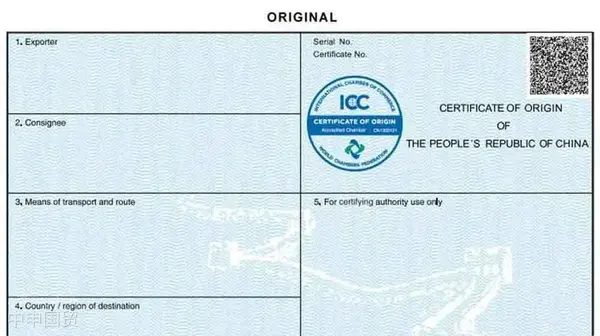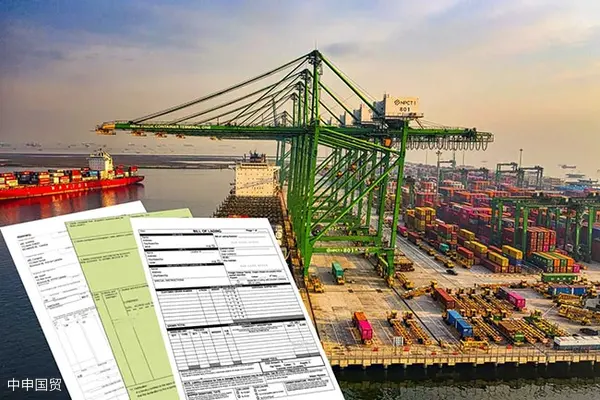- Shanghai Zhongshen International Trade Co., Ltd. - Two decades of trade agency expertise.
- Service Hotline: 139 1787 2118
Air TransportationConcept of Bill of Lading
The air waybill is a transportation contract between the carrier and the consignor, as well as a receipt for goods issued by the carrier or its agent. The air waybill can serve as foundational documentation for cargo confirmation and accumulation, and as a basis for customs inspection and clearance. However, the air waybill is not a bill of lading representing the airline. The consignee name and address in the air waybill must be written in detail and cannot be made to order.

Function of air waybill
Role of air waybill
Air Waybill andMaritime TransportationThe bill of lading is quite different, but similar to the international railway bill of lading. It is an important transport document issued by the carrier or its agent, serving as a contract of carriage between both parties, the content of which is binding on both parties. The air waybill is non-negotiable, and possession of the air waybill does not signify ownership of the goods.
The air waybill is a contract of carriage between the shipper and the air carrier.
Unlike the ocean bill of lading, the air waybill not only proves the existence of a contract of carriage but also serves as the contract of carriage itself between the shipper and the air carrier, established by both parties. It becomes invalid after the consignee signs for the goods upon arrival at the destination.
The air waybill is a receipt for the goods issued by the carrier.
The air waybill also constitutes a bill of lading. After the shipper dispatches the goods, the carrier or its agent provides the shipper with a copy (shippers copy) as proof of receipt of the goods. Unless otherwise stated, this serves as evidence that the carrier has received the goods and that they are in good condition for transport.
The air waybill is an invoice for the carrier to calculate freight charges.
The air waybill separately records the fees to be borne by the consignee, the fees payable by the carrier, and the fees payable by the agent. The nature and amount of the fees used in the bill of lading and invoice should be specified in detail. Additionally, carriers often use carrier junctions as billing vouchers.
The air waybill is one of the customs clearance documents.
one of the documents. When the goods arrive at the destination airport for customs clearance, the air waybill is usually the basic document for customs clearance and export.Export ClearanceThe air waybill can also serve as an insurance certificate.
If the carrier provides insurance or requires the carrier to provide insurance to the carrier, the air waybill can also serve as an insurance policy.
The air waybill serves as the basis for the airlines internal operations.
The air waybill accompanies the goods and verifies their identity. The bill of lading provides detailed information on the shipment, transfer, and delivery of the goods, enabling the carrier to make appropriate arrangements for the transport of the goods.
The original air waybill is divided into three parts, each with opposite conditions. One part is provided to the shipper upon receipt by the carrier or its agent. The carrier retains the second copy as a billing voucher. When the goods finally arrive at the destination and are delivered to the consignee, the copy of the goods serves as the basis for inspection.
Overview and Functions of the Air Waybill
Related Recommendations
? 2025. All Rights Reserved. 滬ICP備2023007705號(hào)-2  PSB Record: Shanghai No.31011502009912
PSB Record: Shanghai No.31011502009912










